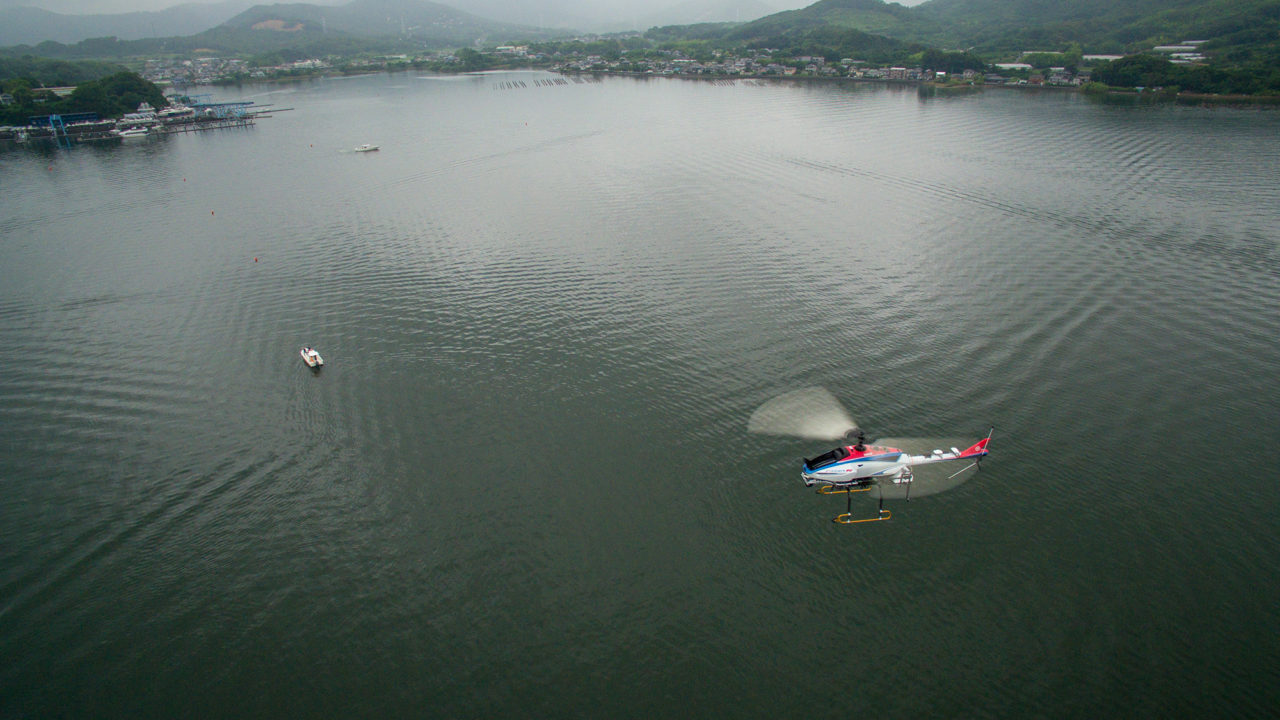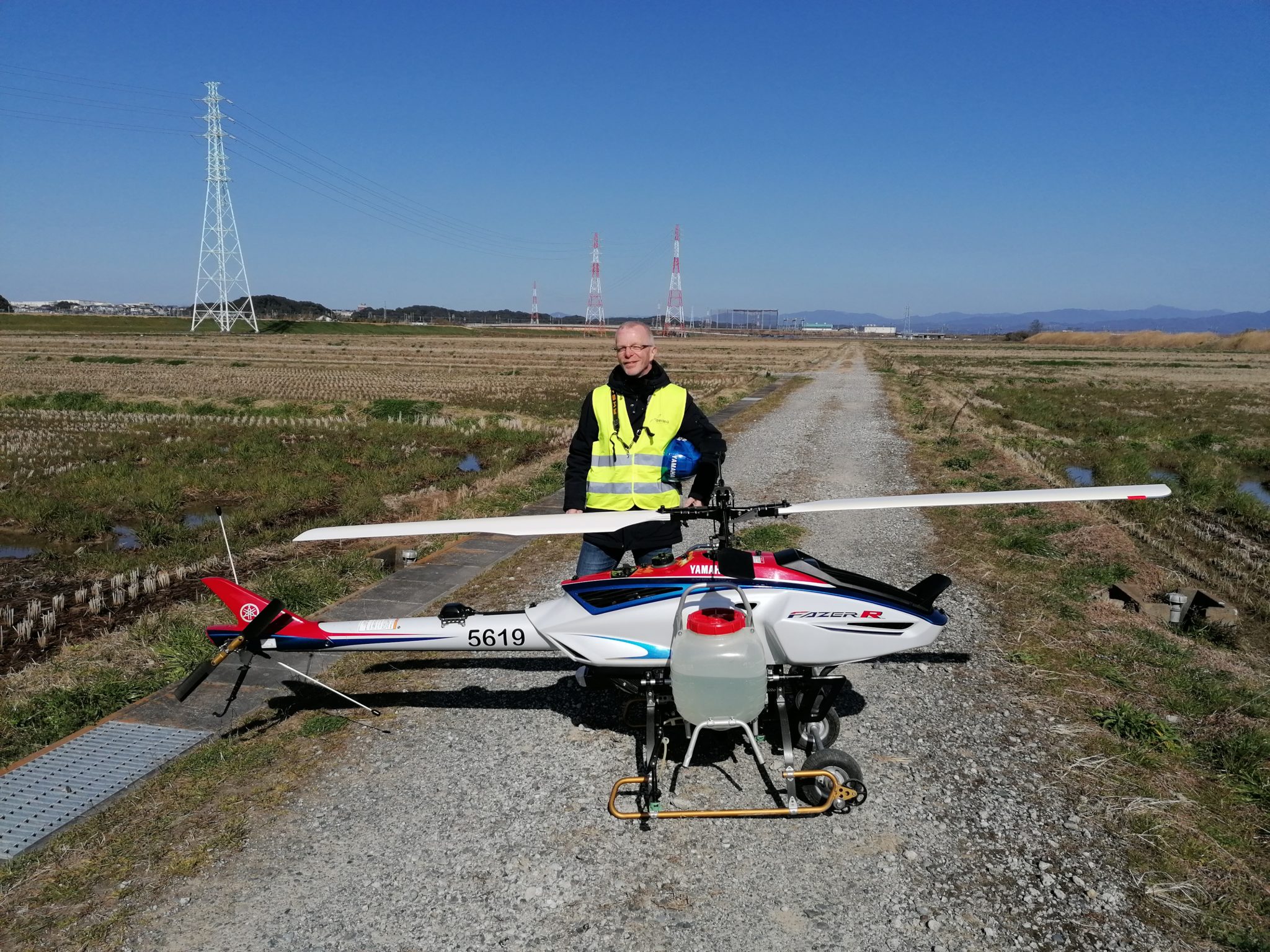News

7. April 2021
New collaboration to develop technology for autonomous drone deliveries
VOCA has entered into a new collaboration with the Kristiansand-based drone inspection company Aersea.
The goal of the collaboration is to build a flexible machine hardware- and software-platform that can be used for aerial and ground-based drone transport deliveries.
As part of the activities, VOCA will develop both the perception- and robotic control technology needed to allow autonomous control and interaction of cranes, forklifts and drones. Aersea will offer technology and experience from building and developing drones and unmanned vehicles.
Torbjørn Engedal, Managing Director of VOCA, says: «We want to develop solutions that can autonomously handle smaller and urgent transport delivery needs in different industries and societal areas. If modern drone logistics is integrated into remote control and autonomous handling-technology, new and exciting logistical possibilities will unfold”.
He adds: “By enhancing the focus on remote control and autonomy, the aim is to physically remove personnel from injury related premises, such as on/off-loading areas and areas with frequent interaction between personnel and machines. In addition to reducing the risk for casualties and work-related injuries, the goal is also to achieve higher precision and effectiveness using autonomy and remote control on time-consuming activities.».
Urgent hospital deliveries a target
Jan Robert Fiksdal, Aersea COO, says there are a lot of different use cases for modern drone transport technologies: “This kind of technology is especially suited for urgent delivery needs, such as exchange of genetic materials or body tissue between hospitals or labs. Urgent deliveries of spare parts or tools will be frequently needed to both offshore sites, rigs or ships”.
«For operators on the NCS increased use of remote control and autonomy solutions will enable increased competitiveness, as drones for priority-deliveries will increase logistical efficiency and reduce CO2 emissions significantly”, Fiksdal says.
The initial first step of the partnership is to set up perception technology activities.
“Perception technology are the different solutions related to how machines are able to recognize and map surroundings, measure movement and visually categorize load and vehicles. These are the key to further development of assistance-systems and ultimately autonomy.”
From Q3 scientists from University of Zaragoza in Spain are also set to join the partnership and their work.
